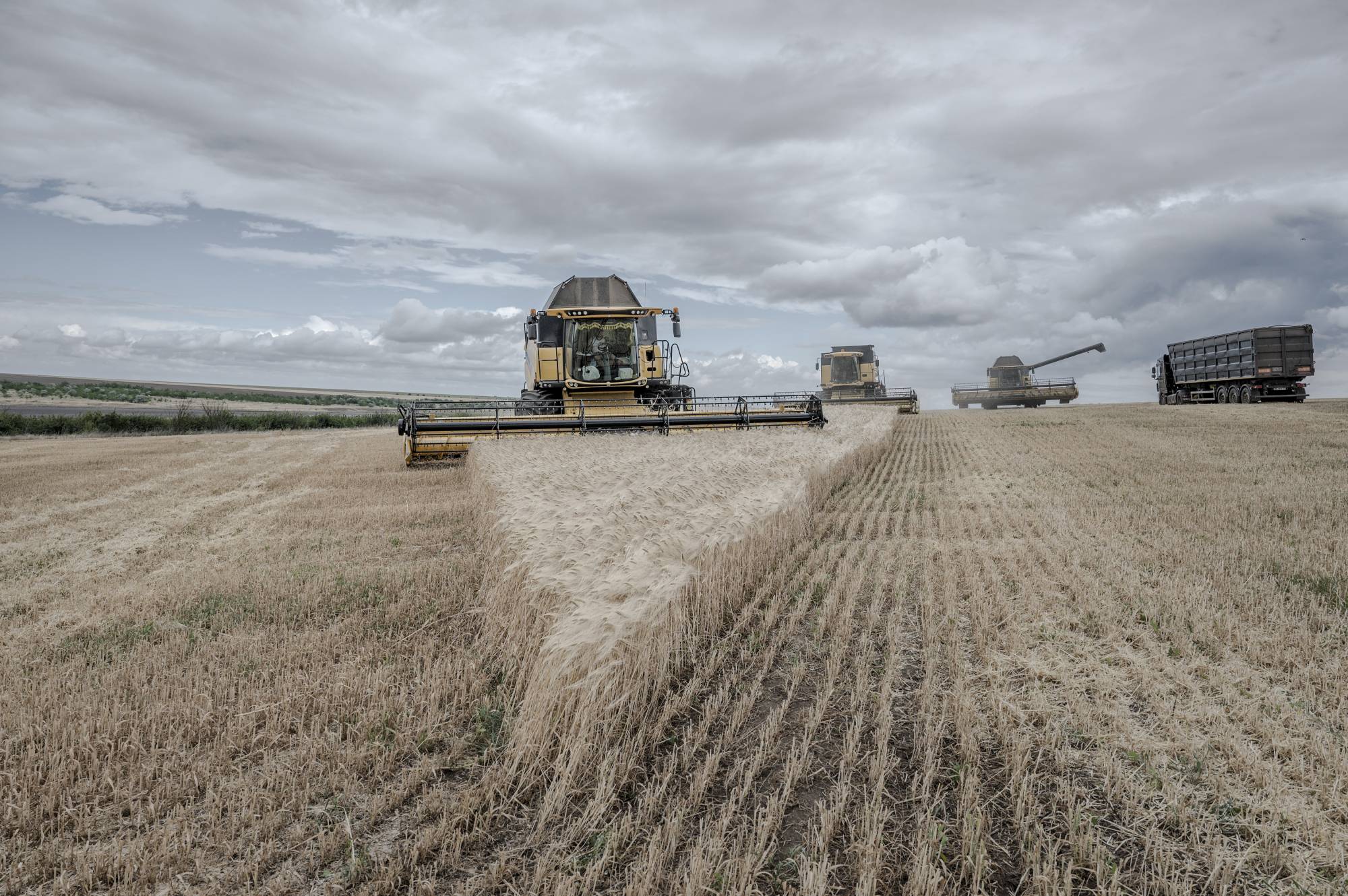[ad_1]
The value of Japan’s agricultural and seafood exports in 2021 reached a record high for the ninth consecutive year while exceeding ¥1 trillion ($8.7 billion) for the first time, backed by strong online and retail sales as people spent more time at home due to the coronavirus pandemic, government data showed Friday.
Exports were worth ¥1.24 trillion, up 25.6% from the previous year, also getting a boost from a recovery in demand for dining out in China and the United States, according to the data released by the farm ministry.
The removal of restrictions placed on imports of food from Japan by the U.S., European Union and other regions following the 2011 nuclear disaster in Fukushima also contributed to the growth.
Export value for 2021 had already topped ¥1 trillion by the end of November, with December breaking records for a single month with shipments worth ¥121.7 billion, the Ministry of Agriculture, Forestry and Fisheries said.
Agricultural products accounted for ¥804.3 billion of the total in 2021, fishery products ¥301.6 billion, and forestry items ¥57.0 billion. Low-value shipments, which were calculated separately, accounted for ¥75.6 billion.
China topped the list of export destinations for the first time since 2001 with a 35.2% increase to ¥222.4 billion, while Hong Kong saw a 6.0% rise and the U.S. a 41.2% growth in shipments.
By item, exports of scallops, a popular ingredient in Chinese cuisine, more than doubled from the previous year to ¥63.9 billion, while beef exports to the U.S. rose 85.9% to ¥53.6 billion.
Japanese whiskies and sake proved to be popular among alcoholic beverages, increasing by 70.2% and 66.4%, respectively. Exports were also driven by fruits and vegetables, as well as marine products such as yellowtail and sea bream.
Meanwhile, exports of plants and processed sea cucumbers fell partly due to delays in quarantine, while poultry declined because of the suspension of overseas shipments following the outbreak of avian flu.
The government has set a target of raising agricultural and seafood exports to ¥2 trillion by 2025 and to ¥5 trillion by 2030.
The entry into force last month of the Regional Comprehensive Economic Partnership, a new Asia-Pacific free trade agreement consisting of 15 nations including Japan, Australia, China, Singapore and South Korea, is expected to boost exports.
But an increase in transportation costs due to a global shortage of containers and the high cost of crude oil remains an issue that need to be addressed, officials said.
In a time of both misinformation and too much information, quality journalism is more crucial than ever.
By subscribing, you can help us get the story right.
SUBSCRIBE NOW
[ad_2]
Source link

















